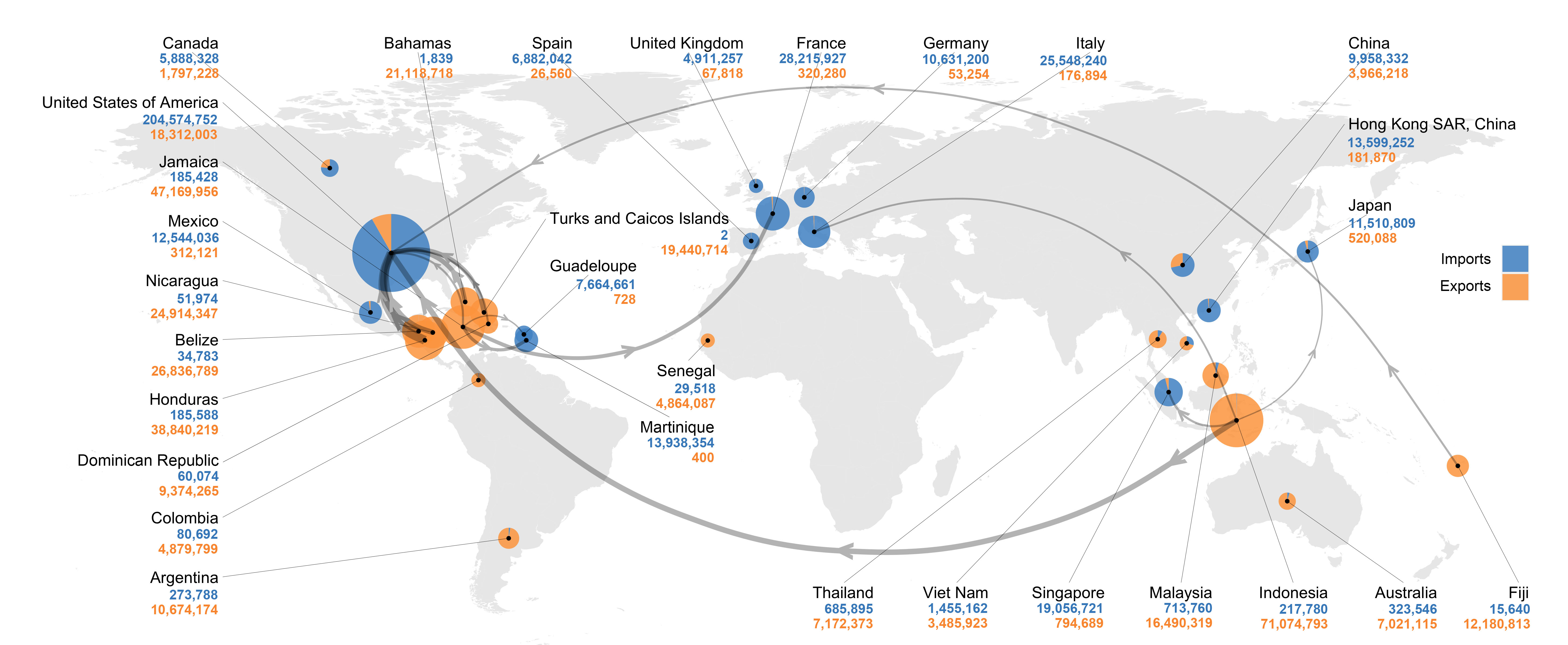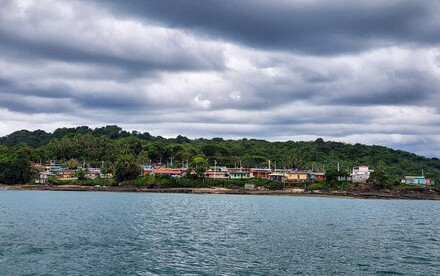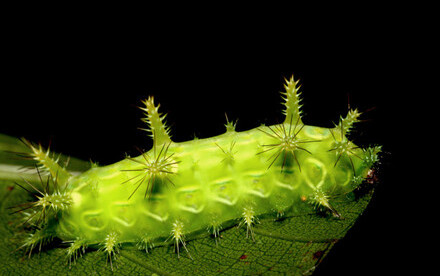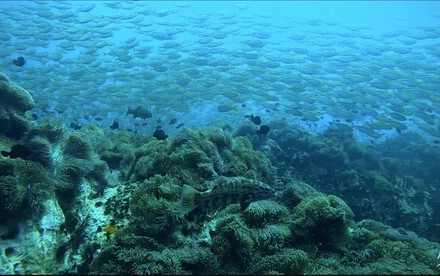11 May 2021
Research co-led by HKU and Lingnan ecologists reveals that wealth inequality is key driver of global wildlife trade

Top participants of the legal wildlife trade in the last 20 years
It was commonly assumed that wildlife products are exported from low-income countries to meet the demand of consumers in wealthy economies, and therefore, a widening wealth gap may drive up the volume of global trade and endanger wildlife.
Recently, a research team co-led by Research Division for Ecology and Biodiversity (E&B), Faculty of Science, the University of Hong Kong (HKU) and the Science Unit (SU) of Lingnan University (LU) corroborated this premise by analysing global wildlife trade databases. The research team includes Dr Jia Huan LIEW, Research Assistant Professor of SU, and Emeritus Professor David DUDGEON from E&B, HKU. Their findings are published in Science Advances.
Wealthier countries take the vast part of the responsibility
A major take-home message of the study was that wealthy countries are responsible for most of the world’s wildlife trade. The top three importers of wild animals were the United States, France, and Italy, while in Asia, wealthier nations including China, Singapore, and Japan were all net importers of wildlife products. On the supply-end of the trade, countries with better logistics capabilities (e.g., Indonesia) also exported more wildlife products.
Hong Kong has long been a global hub of the legal wildlife trade, importing approximately 13 million individual animals between 1998 and 2018. In particular, the city was a major destination for fishes, sharks, and rays.
The researchers looked at 20 years of legal wildlife trade data, ranging from live corals for hobbyist, to wild-caught sturgeons for aquaculture, and seahorses for traditional remedies. During this period, an estimated 421 million individual animals were traded globally, and the market was more extensive when there was greater wealth inequality between countries.
The study’s findings may have important implications in a post-pandemic world, where issues surrounding the wildlife trade is once again in the spotlight. The COVID-19 virus is believed to have spread to humans via the wildlife trade, leading notably, to a ban on the consumption of wild terrestrial animals in China. While increased regulation may suppress trade in the short term, the pandemic’s impact on the global economy will likely exacerbate wealth inequality between nations by disproportionately impacting some parts of the world. This, according to research findings that show a positive correlation between wealth inequality and the extent of the global wildlife market, could encourage more international trade in wildlife products.
There were marked inequalities between exporters and importers of wildlife products, and importers were generally better off in all measures of socioeconomic well-being. For example, the largest trade partnership the study recorded was between the USA (importer) and Indonesia (exporter), where the per capita GDP of the US was 20 times that of Indonesia. Other prominent trade flows include exports from Jamaica to France (importer per capita GDP 8 times higher) and exports from Indonesia to Singapore (importer per capita GDP 17 times higher).
Urge for reduction of demands for animal products
Inequalities in the wildlife market and the dominant role of wealthy countries highlights the importance of efforts to reduce the demand for wildlife products via awareness campaigns or product substitution, among others. “One message is that it is evidently demand from richer countries that is fueling the capture and trade of wildlife from poor/low-income countries. That means that it is the responsibility of affluent consumers in rich countries to do something to limit their demands and greed for animal products,” says Emeritus Professor Dudgeon.
This may also be a more socially equitable approach than blanket bans on wildlife harvesting that could impact vulnerable communities reliant on the trade. “Globally, we need to manage the trade in wildlife in a way which does not endanger their populations and the communities that rely on it for a source of protein or important source of livelihood,” says Dr Janice LEE, Assistant Professor at the Asian School of the Environment.
For the paper in Science Advances, please click here.

Image 1. Top participants of the legal wildlife trade in the last 20 years.

Image 2. Elephant tusks seized by the National Parks Board of Singapore, Singapore Customs, and the Immigration & Checkpoints Authority of Singapore. Photo Credit: Marcus CHUA







